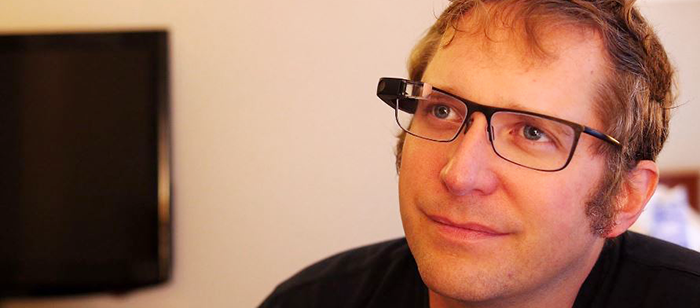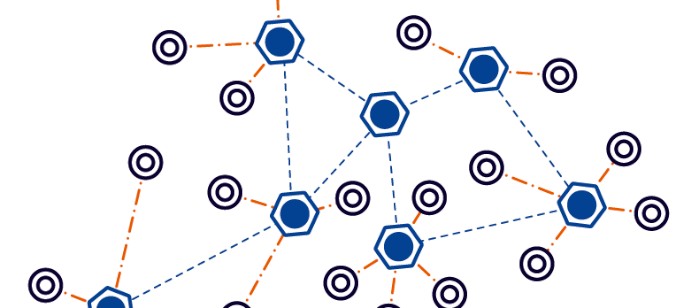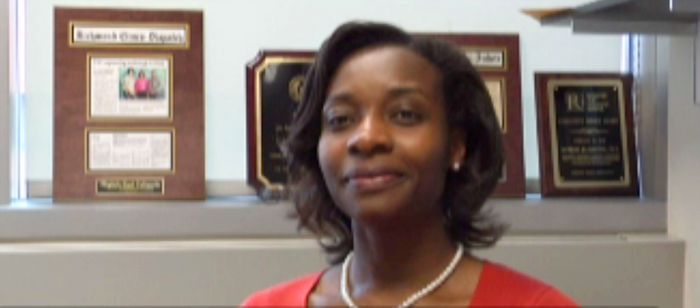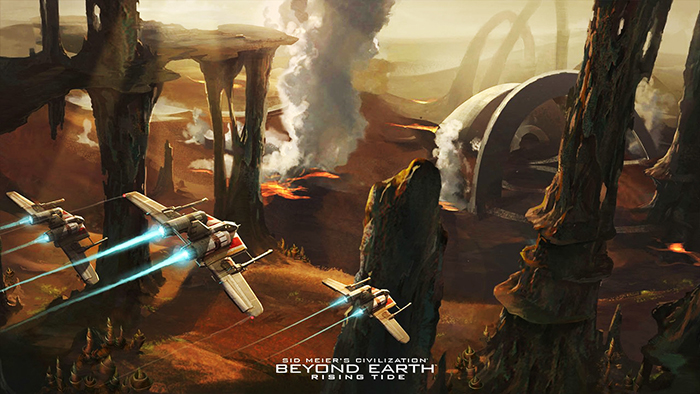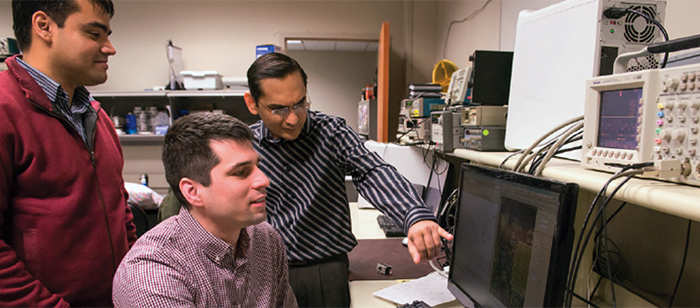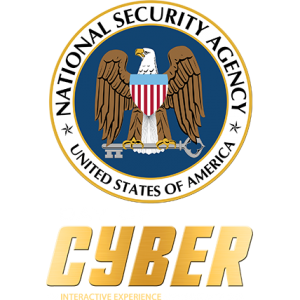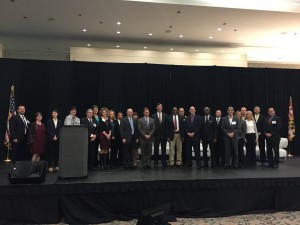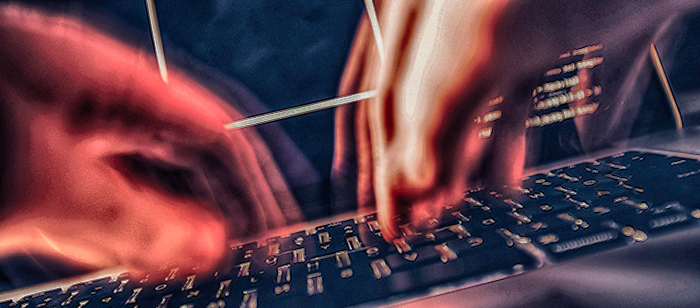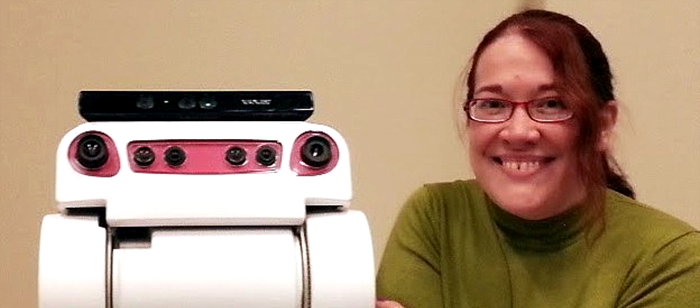
UMBC ACM Tech Talk
Giving Successful Technical Presentations
Prof. Cynthia Matuszek, UMBC
2:00pm Wednesday 18 November 2015, ITE325
Prof. Cynthia Matuszek, UMBC
Giving talks is one of the core tasks of a researcher. Technical presentations are how we accomplish some of our most important tasks: talks are the first step in getting other people excited about our work, getting suggestions and feedback, teaching, and applying for jobs and grants. Nonetheless, the art and science of giving a really good technical talk is one we are more likely to leave to chance than to deliberately train in. Not only does this mean we aren’t accomplishing everything we could with our presentations; we’re missing a chance to distinguish ourselves by improving a comparatively rare — but learnable — skill.
In this talk, I will describe the idea of the “culture of conveying information,” and give a number of specific suggestions for improving technical talks — including tools, rules of thumb, social conventions, and suggestions for making your talks engaging, informative, and memorable.
Cynthia Matuszek is an Assistant Professor at the University of Maryland, Baltimore County’s Computer Science and Electrical Engineering department where she heads the Interactive Robotics and Language lab. She completed her Ph.D. at the University of Washington in 2014, where she was a member of both the Robotics and State Estimation lab and the Language, Interaction, and Learning group. She is published in the areas of artificial intelligence, robotics, ubiquitous computing, and human-robot interaction. Her research interests include human-robot interaction, natural language processing, and machine learning.


